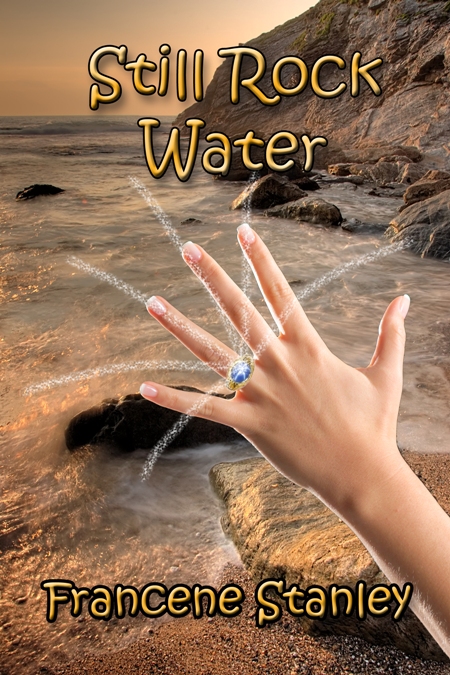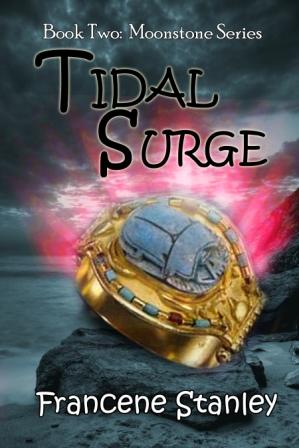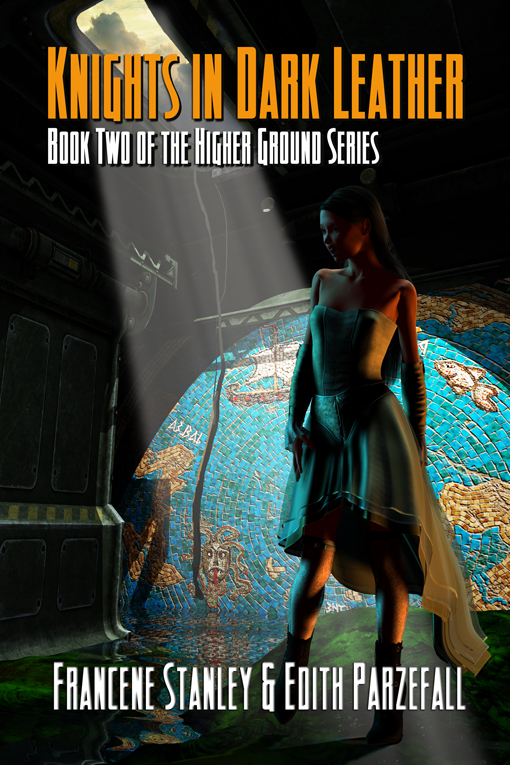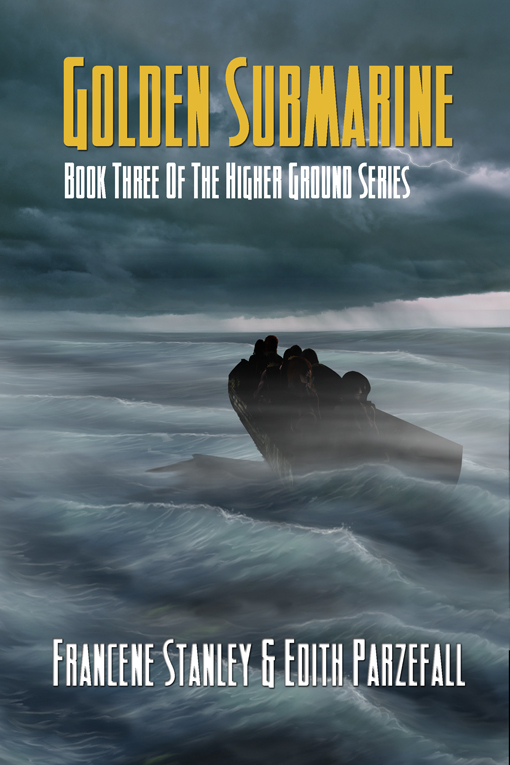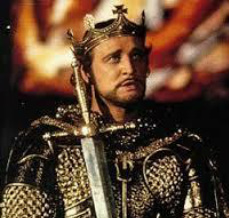
A medieval chronicle from 1136 popularizing the story of King Arthur is thought to have been written in a lost Oxford chapel by a Welsh scholar.
Researchers now believe Geoffrey of Monmouth's The History of the Kings of Britain was penned at St George's chapel, before it was demolished to make way for Oxford Castle. All that is left of the building is the Saxon stone-built St George's Tower and the ancient crypt.
The serving Cannon, Geoffrey, introduced the figures of King Arthur and Merlin to a wide medieval readership and paved the way for the enormous popularity of the Arthurian legends in later centuries, right up to modern times. Based on Geoffrey's secret Welsh manuscript, the story told of Guinevere, Merlin, the sword later called Excalibur, and Arthur's final resting place in Avalon.
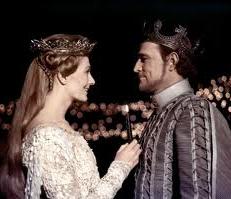
Some scholars have suggested that a Romano-British war hero described by the 6th Century historian Gildas, may have been the real Arthur. Others say a 2nd or 3rd Century Roman military commander, may have formed the basis of the Arthurian myth.
However, some historians believe Arthur was an amalgam of heroic figures from Celtic mythology.
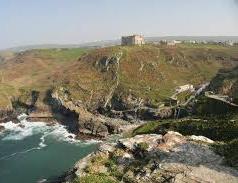
My favorite was the 1967 musical Camelot, with Richard Harris and Vanessa Redgrave filmed in the fields opposite my home, where it only rains at night according to one song.
I've made references to King Arthur and Tintagel Castle into several of my books set in Cornwall—even the futuristic ones. The story of love and conflict and betrayal is compelling. The 1,500 year-old tale incorporates romance, heroism, chivalry, honor and, of course, the promise that the hero will return to rescue his people.

 RSS Feed
RSS Feed
